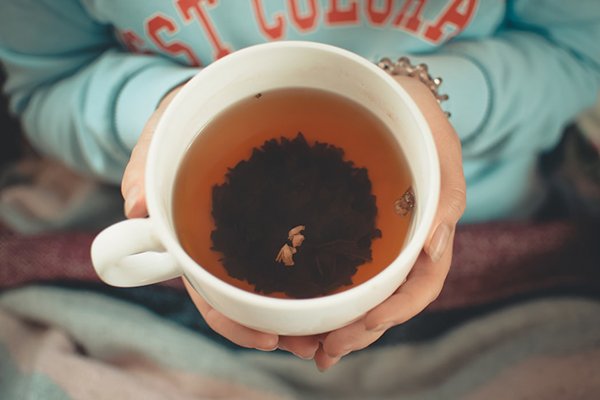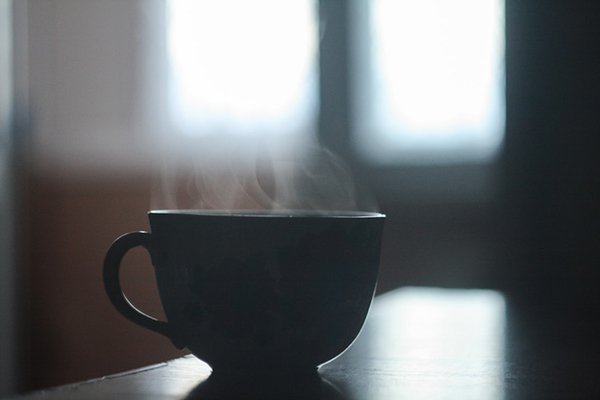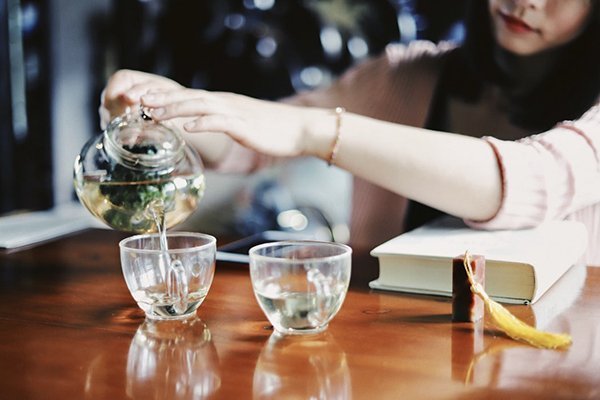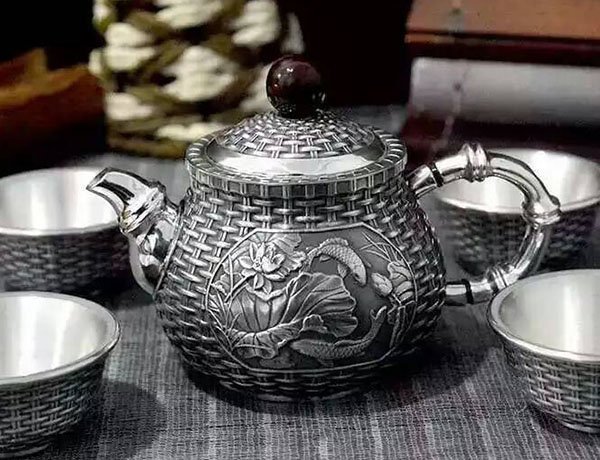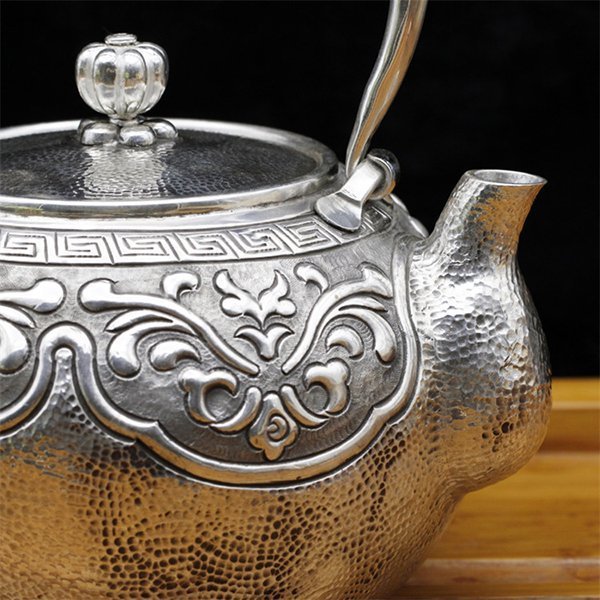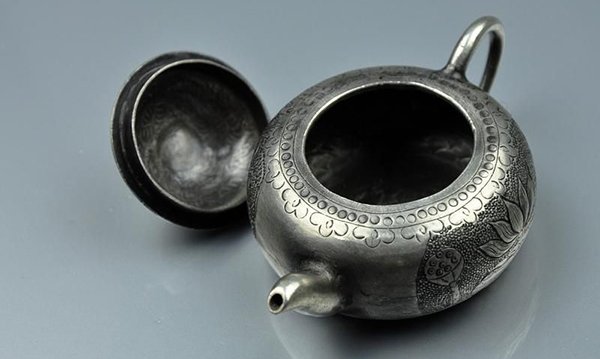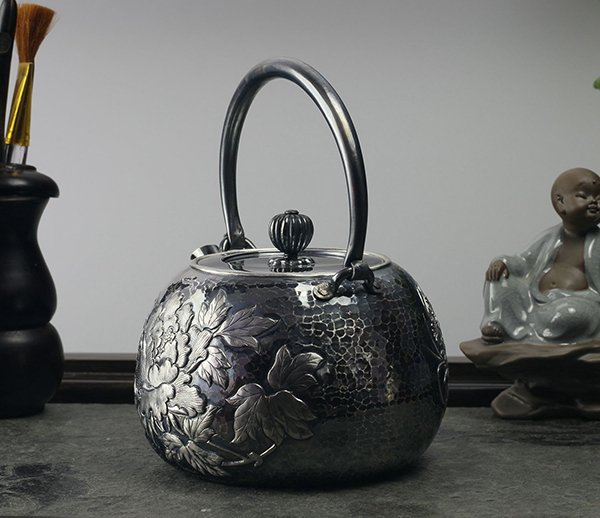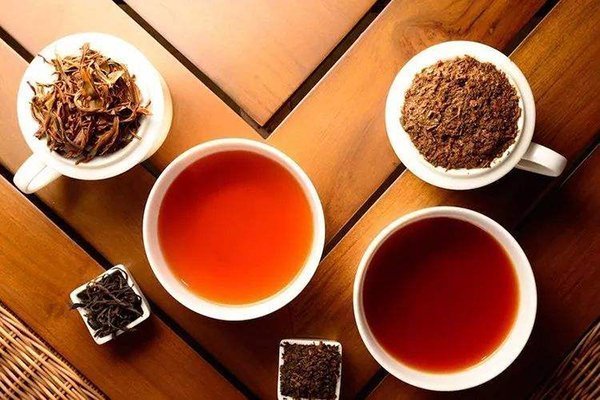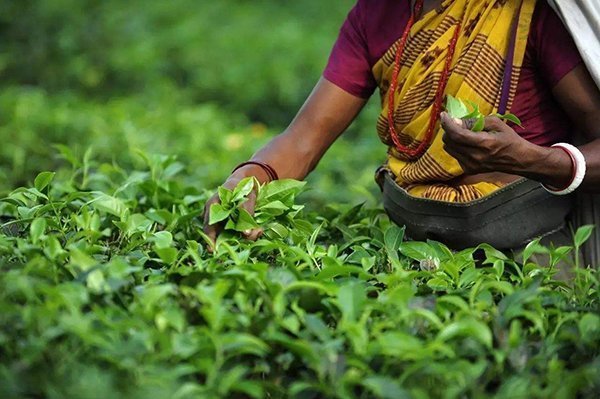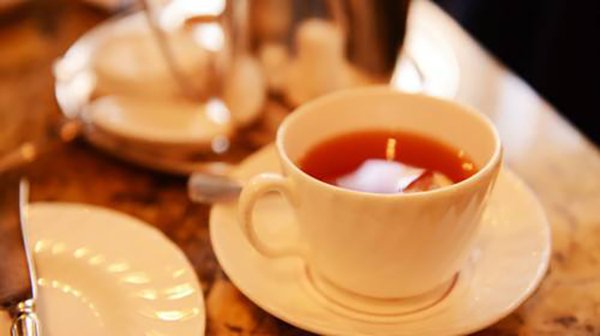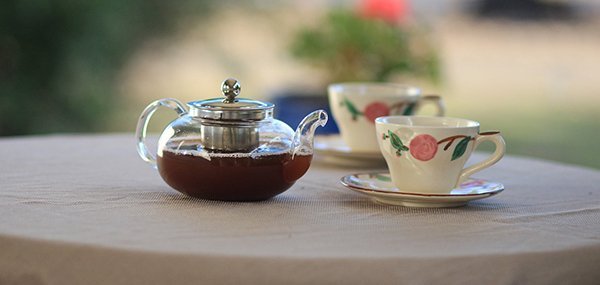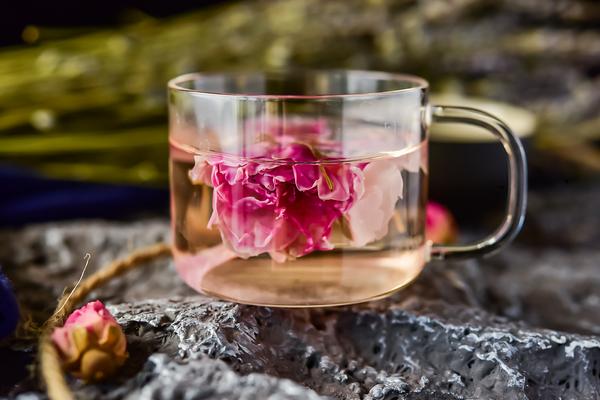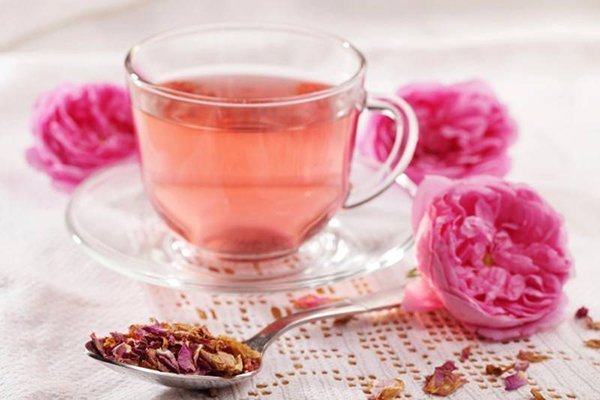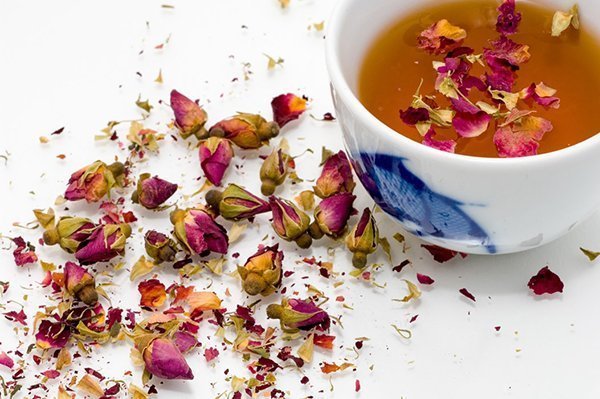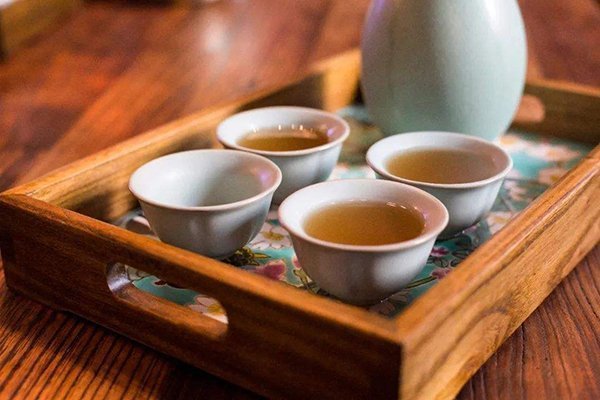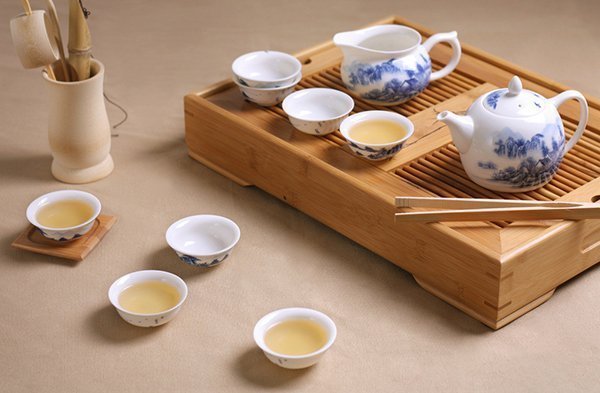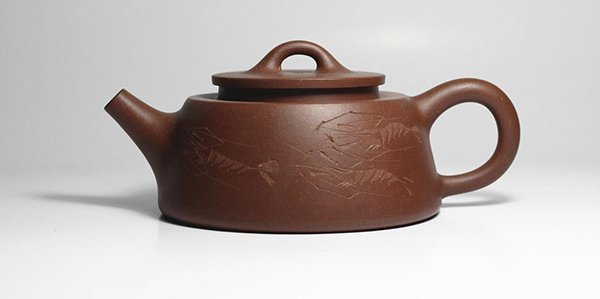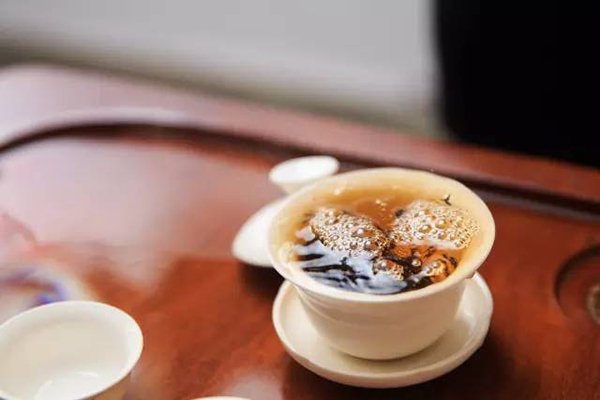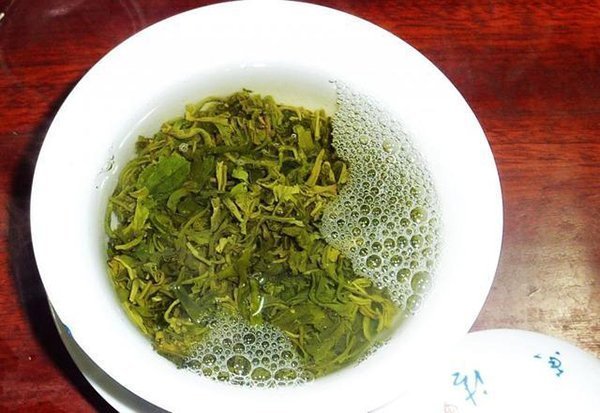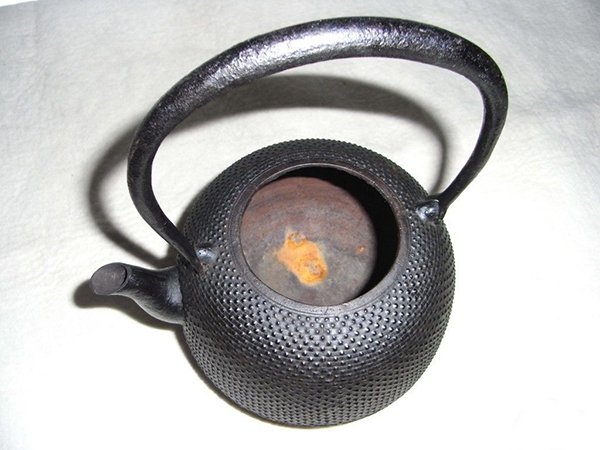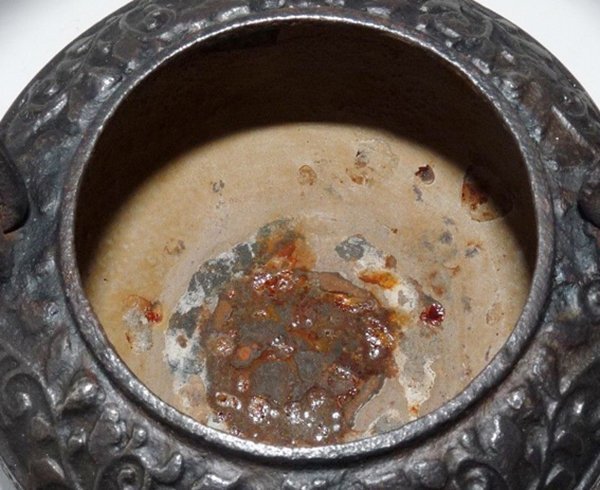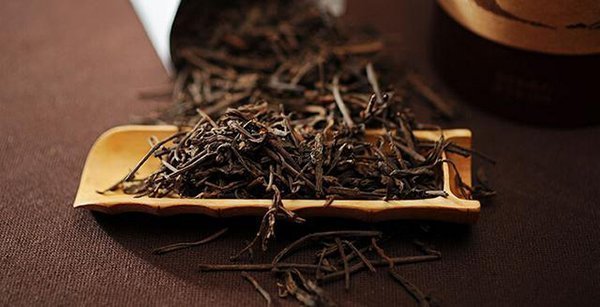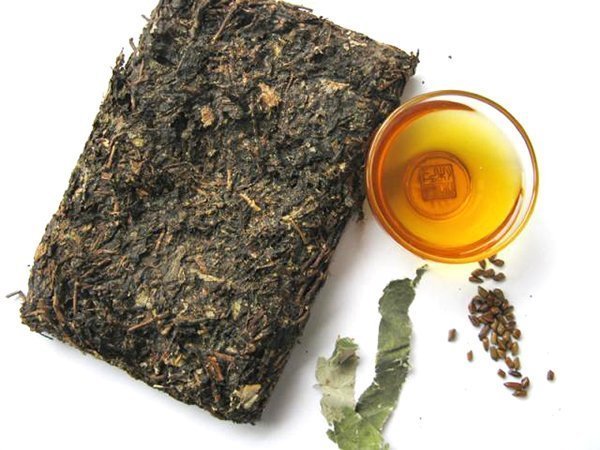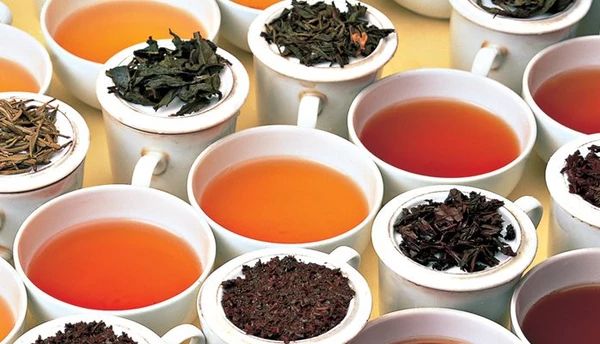
So how do we understand the black tea grades these letters represent?
First of all, you have to understand the picture below, and this picture shows the name of each piece of tea leaves, the lower down of the plant, the bigger the tea leaves, and the harder the texture.
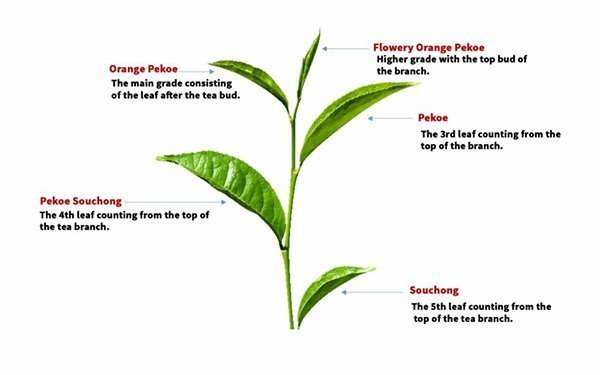
Black tea position
The position here means the different shape and size of tea leaves, but not the quality of tea. The traditional black tea process method can be divided into four grades according to the size of tea leaves: Whole-leaf tea, Broken-leaf tea, Fanning tea, Dust tea.It should be noted that many people think that dust tea is made from very cheap black tea, but in fact, dust tea is made from both high-quality tea and low-quality tea, and the same is true of whole-leaf tea.
Black tea grades
Black tea grades mean the quality of black tea. This is a rating standard based on the quality of the black tea given in combination with the position of the tea. Grades are based on the quality of the tea buds, the percentage of buds in the tea, and the color of the buds. Generally, the more letters on the package of a product, the higher the grade.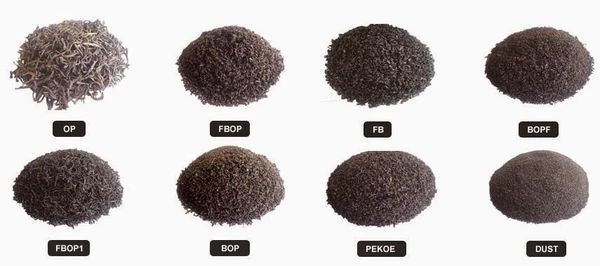
Whole-leaf tea
As the name suggests, the tea leaves that have not been crushed completely. It contains slender buds like needles, taste well. After steeping, the tea leaves will unfold into a whole leaf. The size of the tea leaves is 7-30 mm. The whole-leaf tea can be divided into four grades: OP, FOP, TGFOP, and FTGFOP from low to high.- OP means Orange Pekoe. Which the tea leaves are long and complete.
- FOP means Flowery Orange Pekoe. The orange pekoe tea with flower aroma.
- TGFOP means Tippy Golden Flowery Orange Pekoe. The orange pekoe which is made by common buds, golden colors and with a floral aroma.
- FTGFOP means Fine Tippy Golden Flowery Orange Pekoe. It is composed of the finest buds, golden crushed orange pekoe.
Broken-leaf tea
Broken-leaf tea is from the whole-leaf tea crushed. Usually, the length of tea leaves is 2-3 mm, if the tea bud tip is more, the name will be added with “Tippy,” also, the longer the letter, the better the quality. Broken-leaf tea can be divided into 3 grades from low to high: BOP, TGBOP, FTGBOP.- BOP means Broken Orange Pekoe. The crushed orange pekoe, strong flavor, generally suitable for steeping milk tea.
- TGBOP means Tippy Golden Broken Orange Pekoe. The crushed orange pekoe contains many golden tippy buds.
Fanning tea and Dust tea
These two black tea grades, Fanning tea and Dust tea, are mainly used to make tea bags. They are also used for daily milk tea steeping in South Asian countries, which is relatively rare in other countries. Fanning grade tea, has a strong flavor, add milk and sugar, can give a strong thick feeling.
Choose suitable black tea grades for yourself
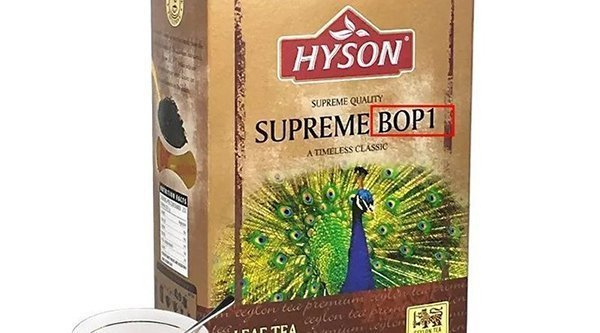
Such as Sri Lanka’s uva black tea, because the feature is the stable and intense aroma, if you want to steep milk tea, you must choose the finely BOP; As a result, whole-leaf grades of uva black tea are rare, and the evaluate and price are lower than BOP.
Besides, although the classification of black tea is universal, but not every black tea producing area has so many grades. For example, Ceylon tea, the most common only BOF, BOPF grade, OP, FOP grade is also scarce. Black tea produced in China is mainly sold domestically, so the universal grading standards are rare in China.
India, the world’s largest producer of black tea, has the most various classification and grade of black tea. However, if you buy black tea directly from Darjeeling tea garden, the highest grade just only FTGFOP. As for the letter with “S,” it was added by local merchants in the tea market of Calcutta.
